Resource Planning Software for
Maximum Efficiency
Unlock workforce planning success fast with ResourceFirst—prioritize
projects, gain real-time visibility, and be up and running in days!
-
REAL-TIME
DASHBOARDS -
SCENARIO
PLANNING -
PORTFOLIO
OPTIMIZATION
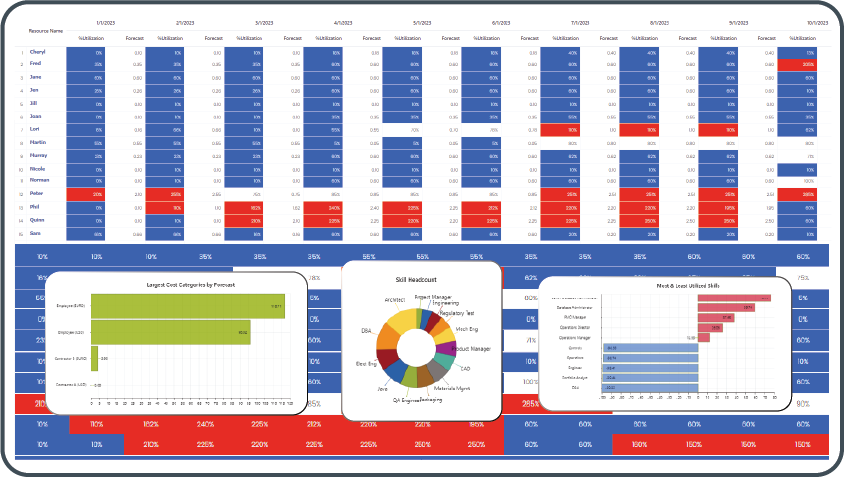
-
PERSONALIZED
VIEWS -
CONFLICT
RESOLUTION -
INTEGRATION
READY
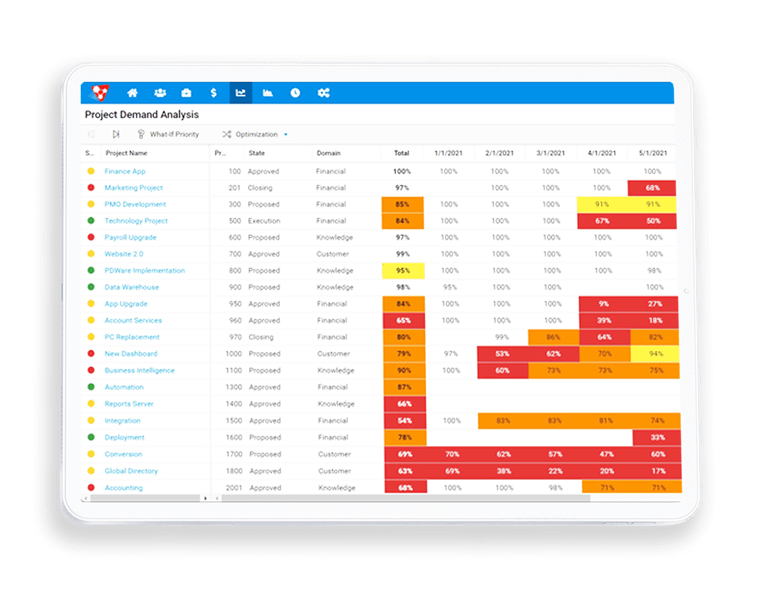
See
resource
conflicts
Set
priorities
Consistent
views for
everyone
PRIORITIZED PLANNING TOOL
Allocate resources to top-priority tasks
- Set priorities manually or automatically with our configurable algorithm
- Easily see which projects have resource conflicts, and their impact
- Unified views for all team roles, no extra navigation
SCENARIO PLANNING
Model scenarios for smarter choices
- Craft diverse scenarios for decisive resource, project, and financial choices
- Easily include or exclude data to pinpoint key metrics
- Choose to set financial or resource-based targets
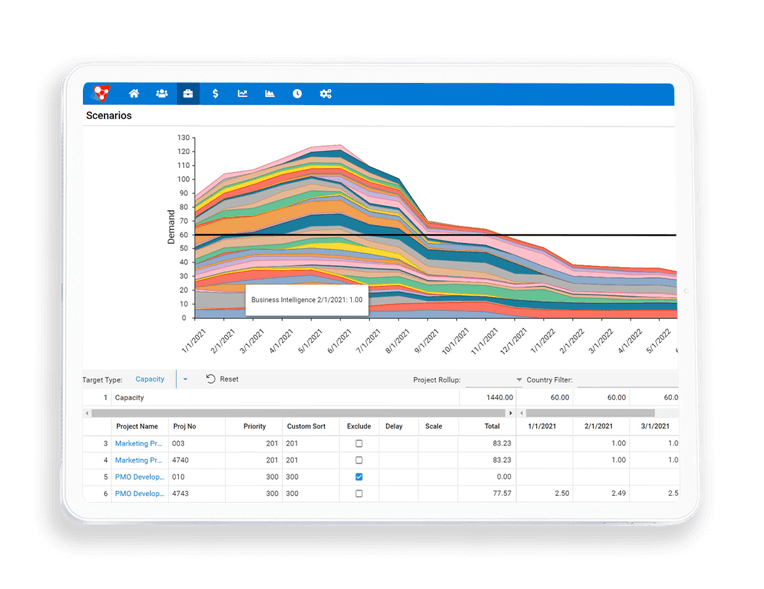
Create
multiple
scenarios
Financial
or resource
based
targets
Include
or exclude
data
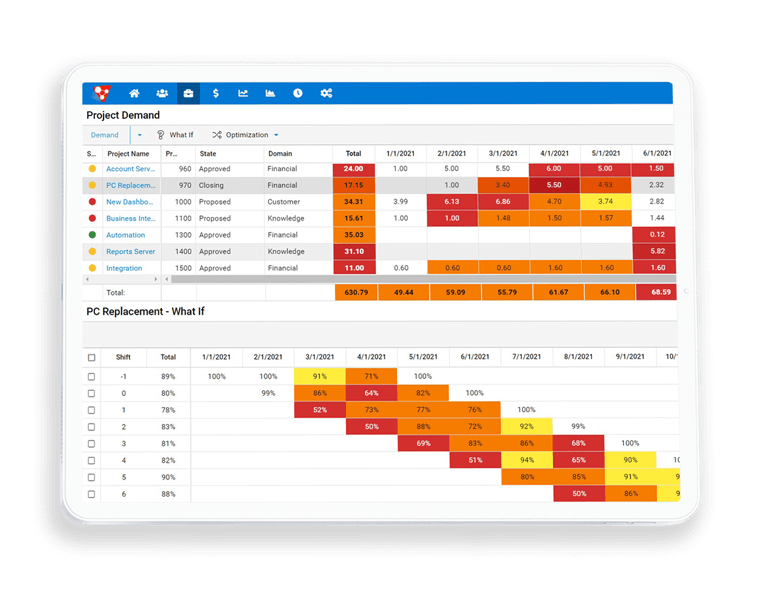
Can a
project be
started sooner
or later?
Optimize
resourcing by
reorganizing
Move a
project within
the same
view
WHAT-IF PLANNING
Understand decision impact, enact with ease
- Quickly see if projects can be started sooner or later and the likely availability of resources
- Easily apply your decision to move a project within the same view
- Optimize resourcing by reorganizing your portfolio
POWERFUL RESOURCE VIEWS
Align resources for optimal project execution
- Streamline conflict resolution with powerful tools
- Identify and resolve conflicts within skills, team, department, or project from a single view
- Communicate effective alignment of resources, projects, and timing
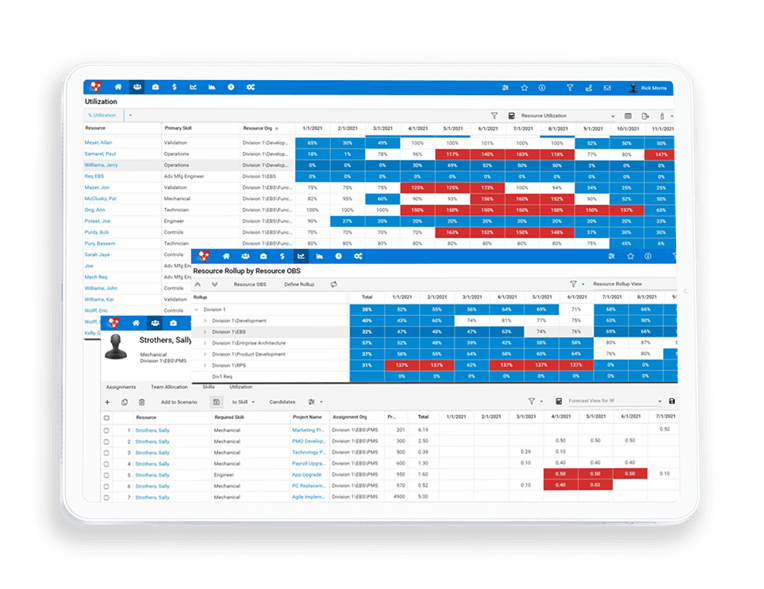
See
resource
and project
conflicts
Resolve
conflicts in
same view
Show right
resources
working at
right time
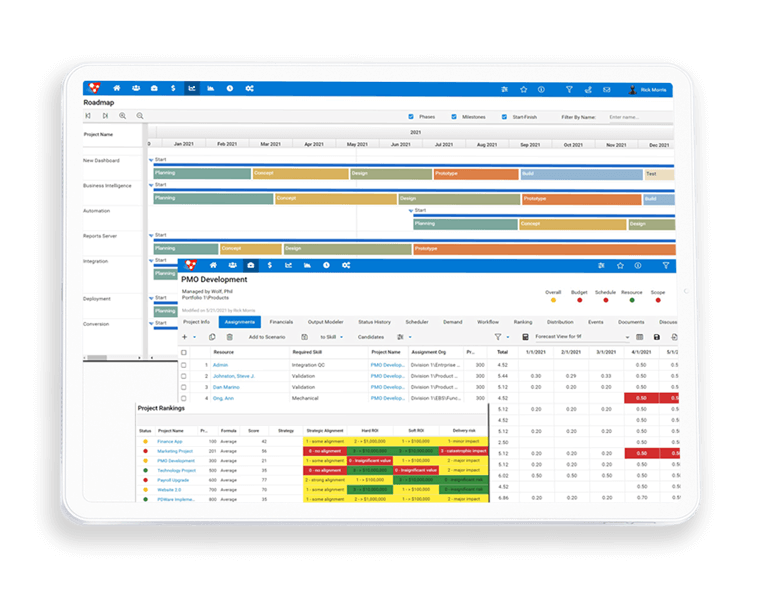
Understand
current project
status
Update
reports for all
stakeholders
Info
you need
at your
fingertips
REAL-TIME DASHBOARDS
Streamline status updates, reduce meetings
- Easily see and understand project, resource and financial status
- Get the information you need at your fingertips with customized and configurable views
- Update and report information to all stakeholders for a single, and accurate, version of the truth
ResourceFirst is proven to drive results:
95%
Reduced time spent on project status reporting
83%
Improved staffing needs and defined roles
63%
Improved project timelines
50%
Expense avoidance on non-strategic projects
Get in Touch Today!
Better resource management is easy using our simple tool to align people with priorities in your business.
TRUSTED BY INDUSTRY LEADERS




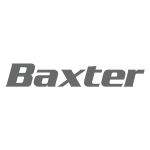





































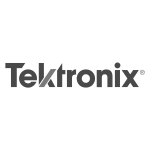


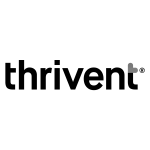

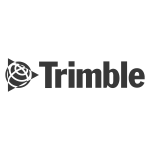









Resource Management FAQ
Resource planning plays a crucial role in steering project portfolio management away from wishful thinking towards a proactive, feasibility-centered methodology. It ensures the precise alignment of the right personnel with the right projects at the right time, ultimately elevating the likelihood of project success.
Resource planning is an ongoing process that requires annual, quarterly, and monthly assessments during portfolio reviews, sometimes with different audience levels. Even in project steering meetings, it’s crucial to regularly evaluate the resource situation and promptly address any issues that may arise.
It’s recommended to update resource plans continually, especially as project planning horizons draw near. In the initial stages, updates may focus on skill-level planning, gradually progressing to detailed planning for named resources as the project’s time horizon approaches. The specific time horizons for updates can vary based on the size and complexity of the project.
It is recommended for managers to engage in a thorough audit of their forecasting processes regularly. This involves reviewing plans versus actuals on a monthly, quarterly, and annual basis. Additionally, it is essential to conduct these reviews at the conclusion of every phase gate, ensuring a comprehensive evaluation of the accuracy and alignment of forecasts with actual outcomes. This structured approach enables timely adjustments, enhances strategic decision-making, and contributes to the overall effectiveness of the planning and execution processes within the organization.
Effort forecasting requires a tiered approach. A preliminary plan at the skill level can be developed months in advance while allocating named resources might occur weeks before. Typically, the accuracy of forecasts diminishes with a longer time horizon due to evolving circumstances. Some organizations follow a two-step process, initially proposing or soft-booking resources and later committing or hard-booking them as the activity draws nearer. It’s akin to making a restaurant reservation versus actually sitting at the table.
It is advised that organizations foster a culture that ensures feasibility checks whenever an assignment transitions to a project, program, or strategic initiative. It is crucial to ensure that all work is visibly achievable before being funded or scheduled. This approach promotes transparency and helps maintain a well-informed decision-making process within the organization.
Resource planning should initially be done at a skill or role level (e.g., I need two business analysts in July and August for Project Alpha). As the project advances and specific resources are identified, skill-based plans can be transitioned to include named individuals. Both skill-based and named individual approaches are effective at the project level, especially when a broad timeframe is established for project phases and milestones. While more detailed task-level assignments are possible, they are often inefficient and prone to inaccuracies due to frequent changes, making this level of allocation reserved for exceptional cases. Balancing the initial skill-based planning with adaptability allows for effective resource management throughout the project lifecycle. Regular reviews and adjustments ensure alignment with evolving project dynamics and foster successful outcomes.
Time tracking may be required for billing purposes or regulatory reasons. Outside of that, it can be a useful source of information, but can also be perceived as a nuisance or morale-buster by employees. Accuracy tends to suffer unless entries are made daily, as individuals might input information hastily at week’s end just to fulfill timekeeping obligations. There are alternative, less-invasive ways to get the relevant historical and predictive information, including:
- Limited Time Studies: Analyzing specific periods to collect relevant historical and predictive information offers relief from the continuous burden of daily time tracking.
- Periodic Interviews: This alternative method involves periodically discussing time allocations with employees to obtain accurate data.
- Subject-Matter-Expert Opinion: By tapping into the expertise of knowledgeable individuals, this method provides valuable insights without the need for detailed time tracking. It offers a nuanced understanding of project progress and resource allocation.
- Percent-Complete and Remaining Time: These periodically collected metrics provide a less intrusive way to gauge progress and forecast completion without requiring daily input.
Best Practices of Resource Management Software
-
Start Simple for Enhanced Visibility
Begin by prioritizing gaining visibility into projects, resources, and people's assignments. This foundational step ensures a clear understanding of project dynamics. -
Streamline Complexity for Efficiency
Avoid unnecessary complications by limiting forms, views, reports, and configurations to essential elements. Simplifying the software enhances usability and prevents overwhelming users. -
Implement Project-Level Effort Forecasting
Enable effort forecasting at the project level to swiftly identify resource shortfalls on critical projects. This allows for quick analysis and feasibility assessments for project work. -
Foster Collaboration for Data Accuracy
Actively involve resource and project managers in maintaining current and accurate data. Encourage regular communication between the two roles to ensure data integrity and reliability. -
Secure Leadership Support and Champions
Ensure senior management buy-in and enlist champions to drive adoption and value across the organization. These champions play a crucial role in articulating the goals of resource planning and promoting its benefits.
Additional Blog Resources

Why Resource Plan in Agile Organizations?
The Background Over the last couple of years, we have had many conversations with clients and prospects about the benefits

Pipeline Scenario Planning with ResourceFirst
Scenario planning is no longer a complex task reserved for the few. With PDWare’s ResourceFirst, you can navigate the intricate world of resource planning with ease and precision. Discover how below.

MedTech Layoffs: 5 Ways to Do More with Less
The MedTech industry has been hit hard by the recent trend of workforce reduction due to economic pressures. As companies

